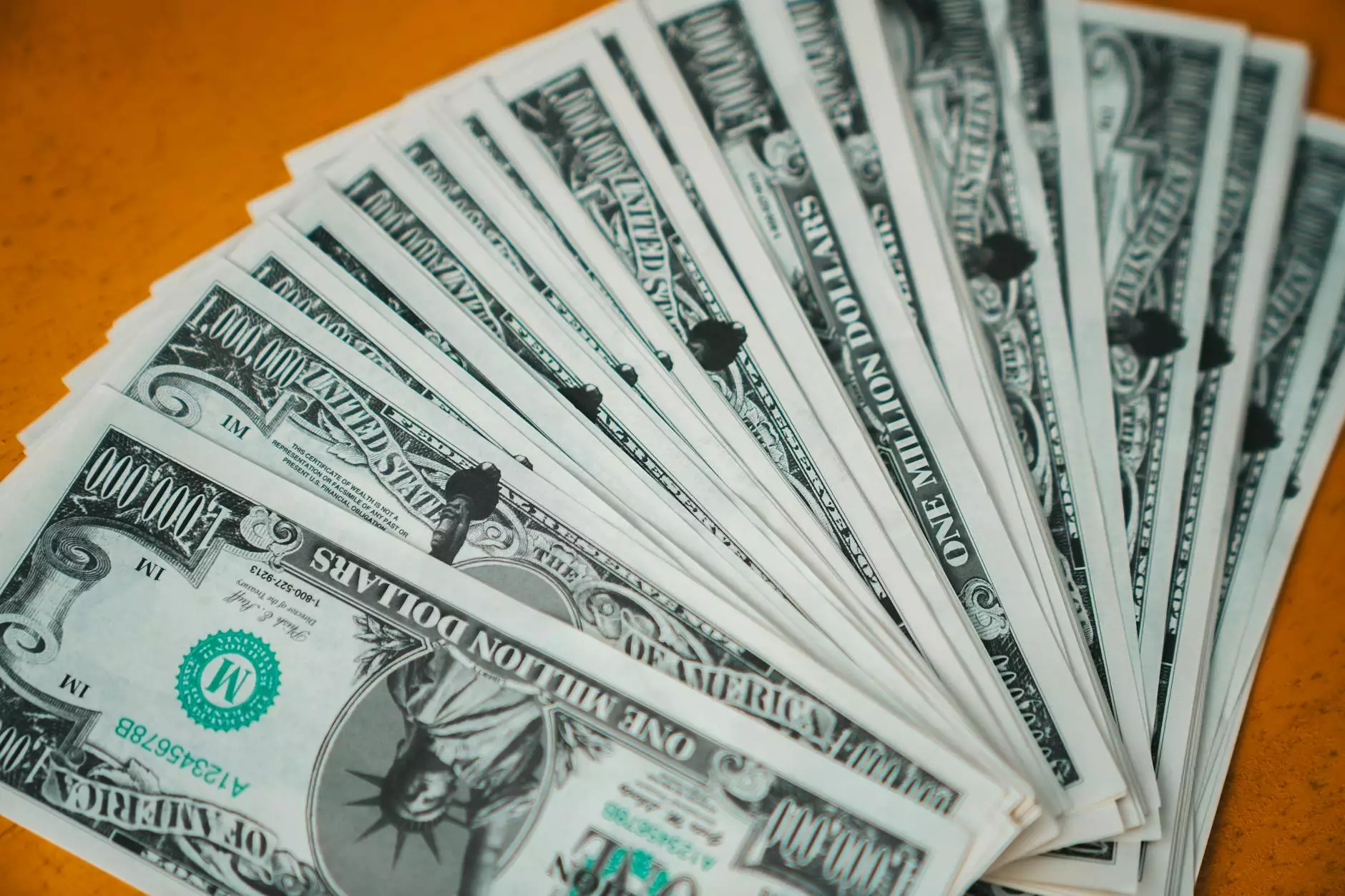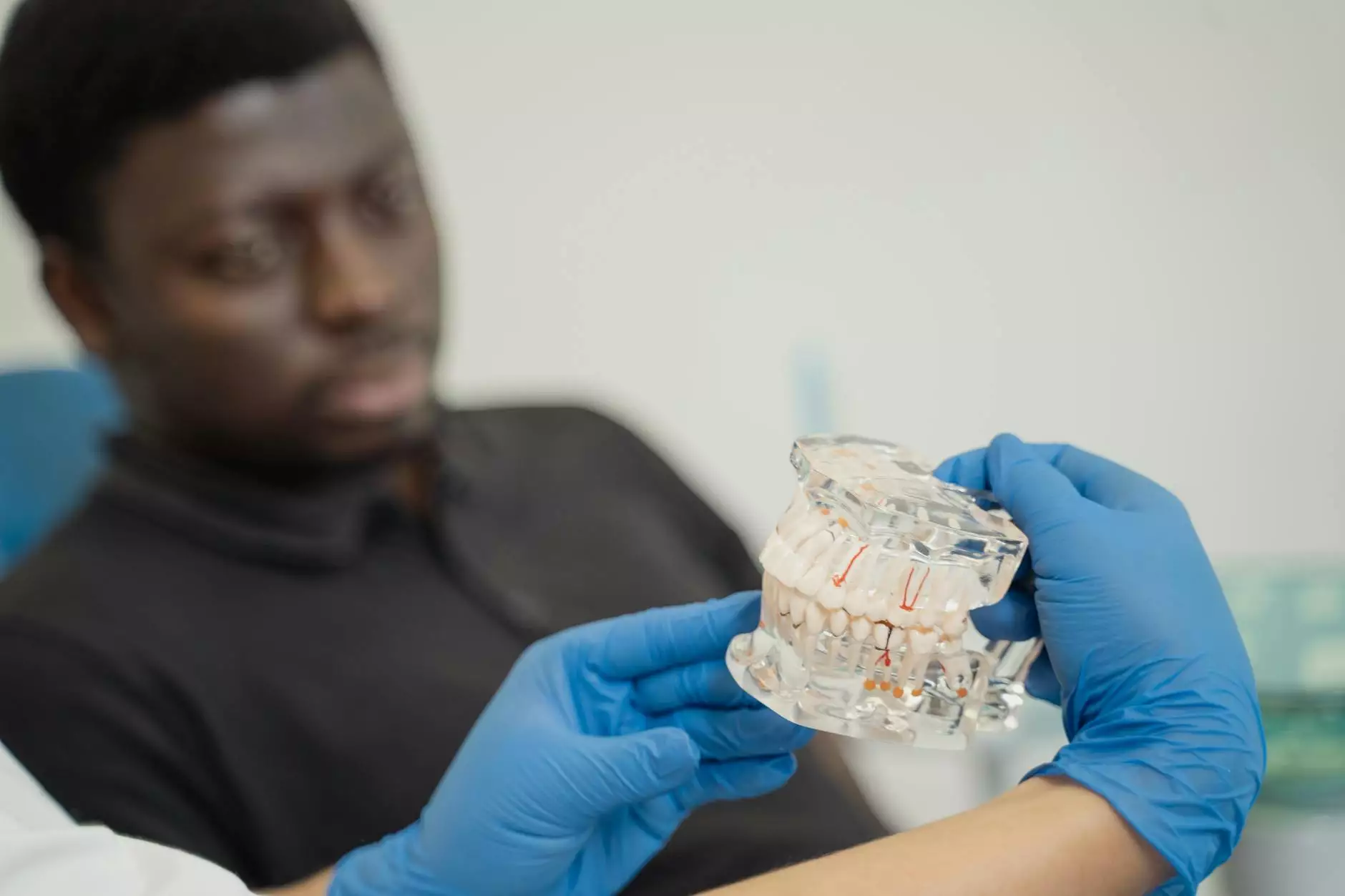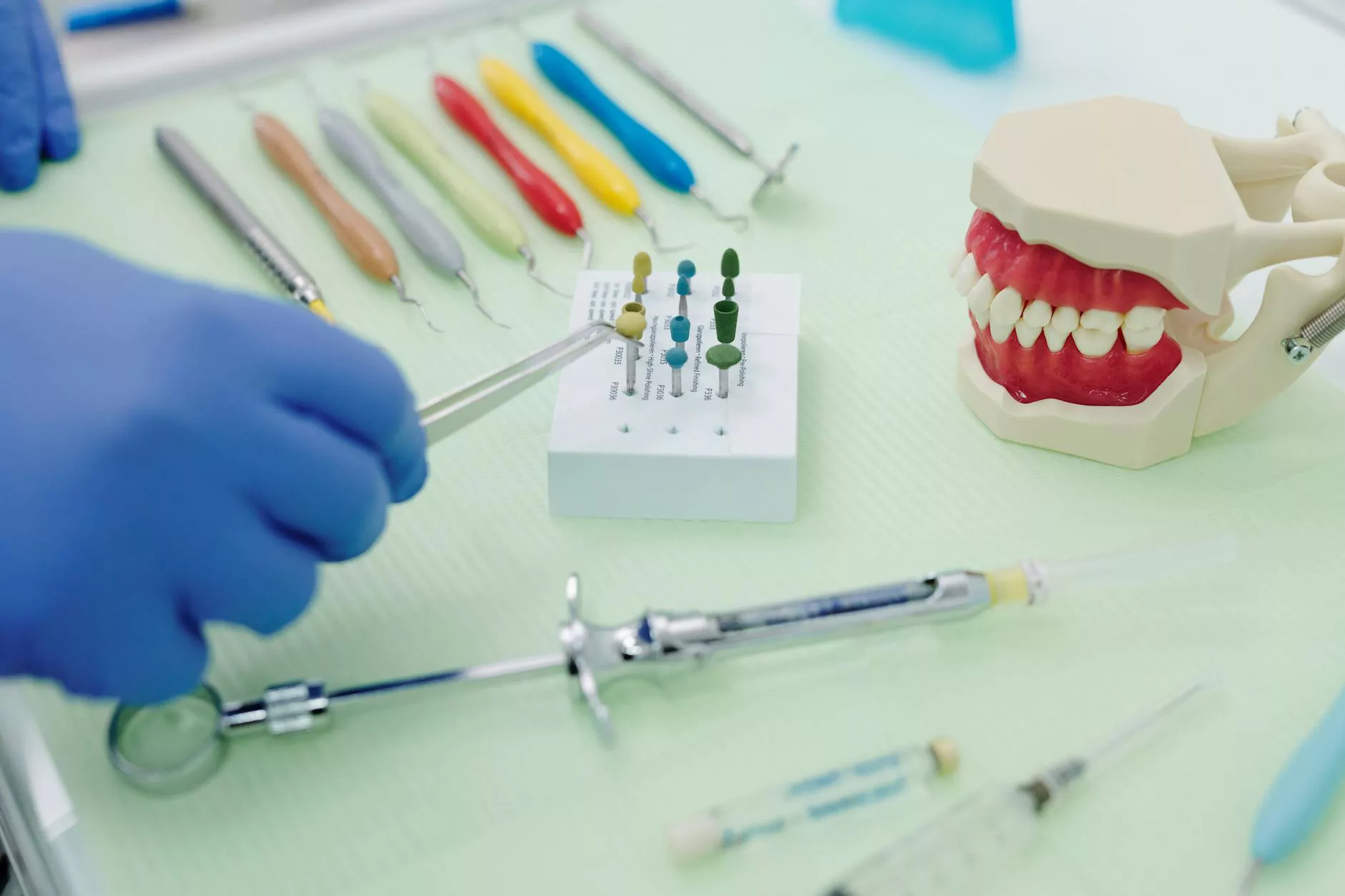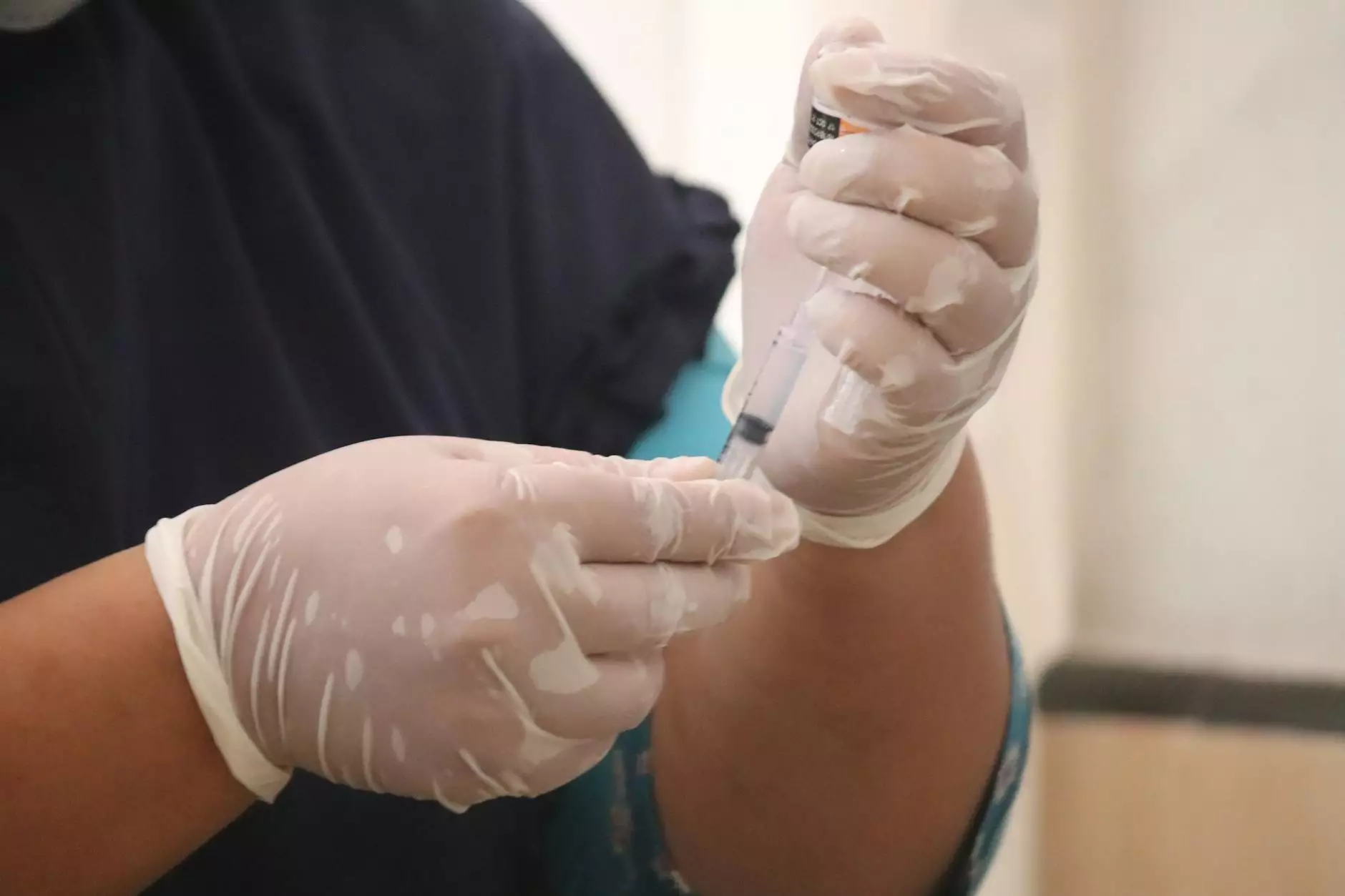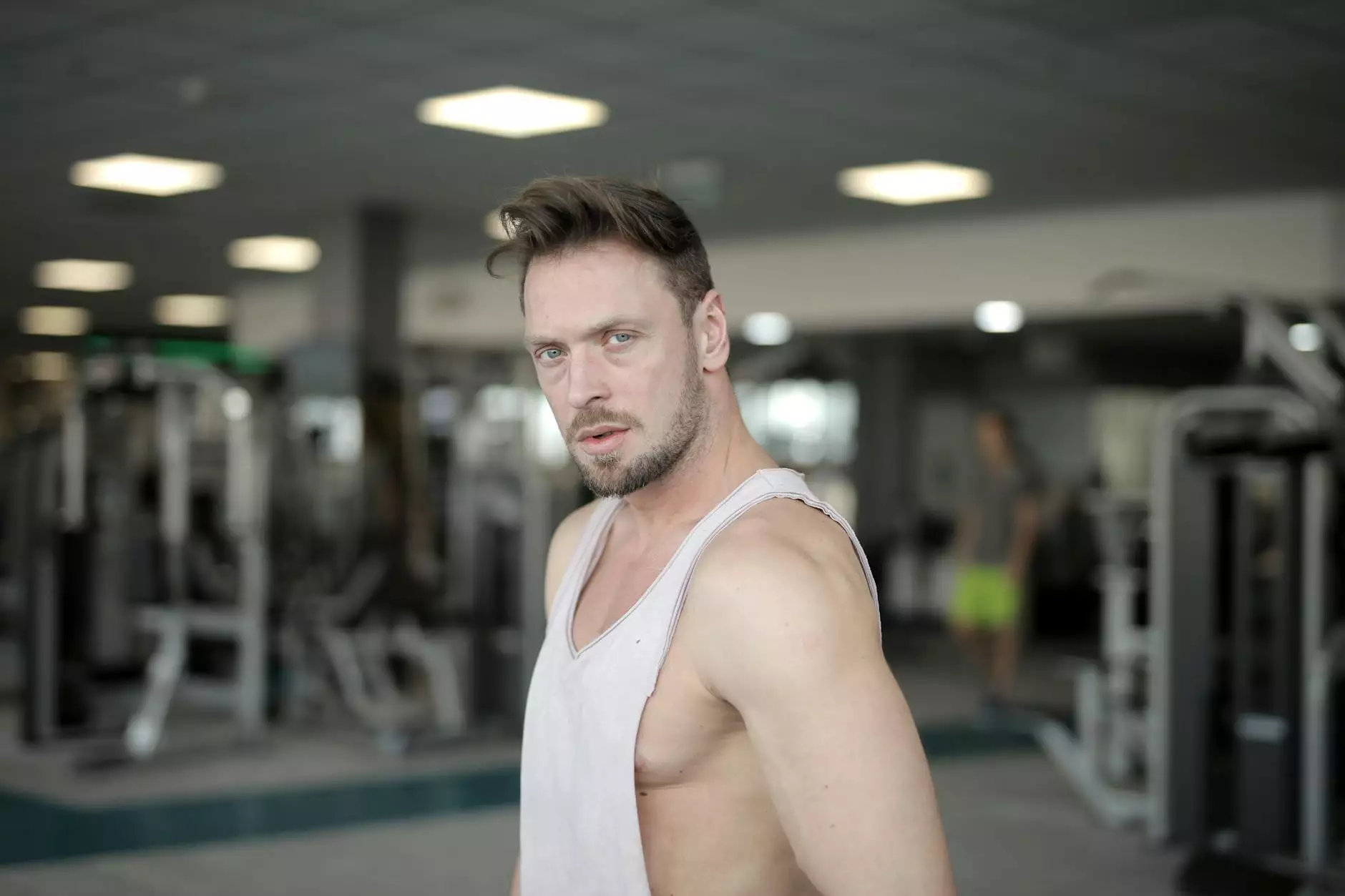Dancers' Feet: The Essential Guide to Foot Care for Performers
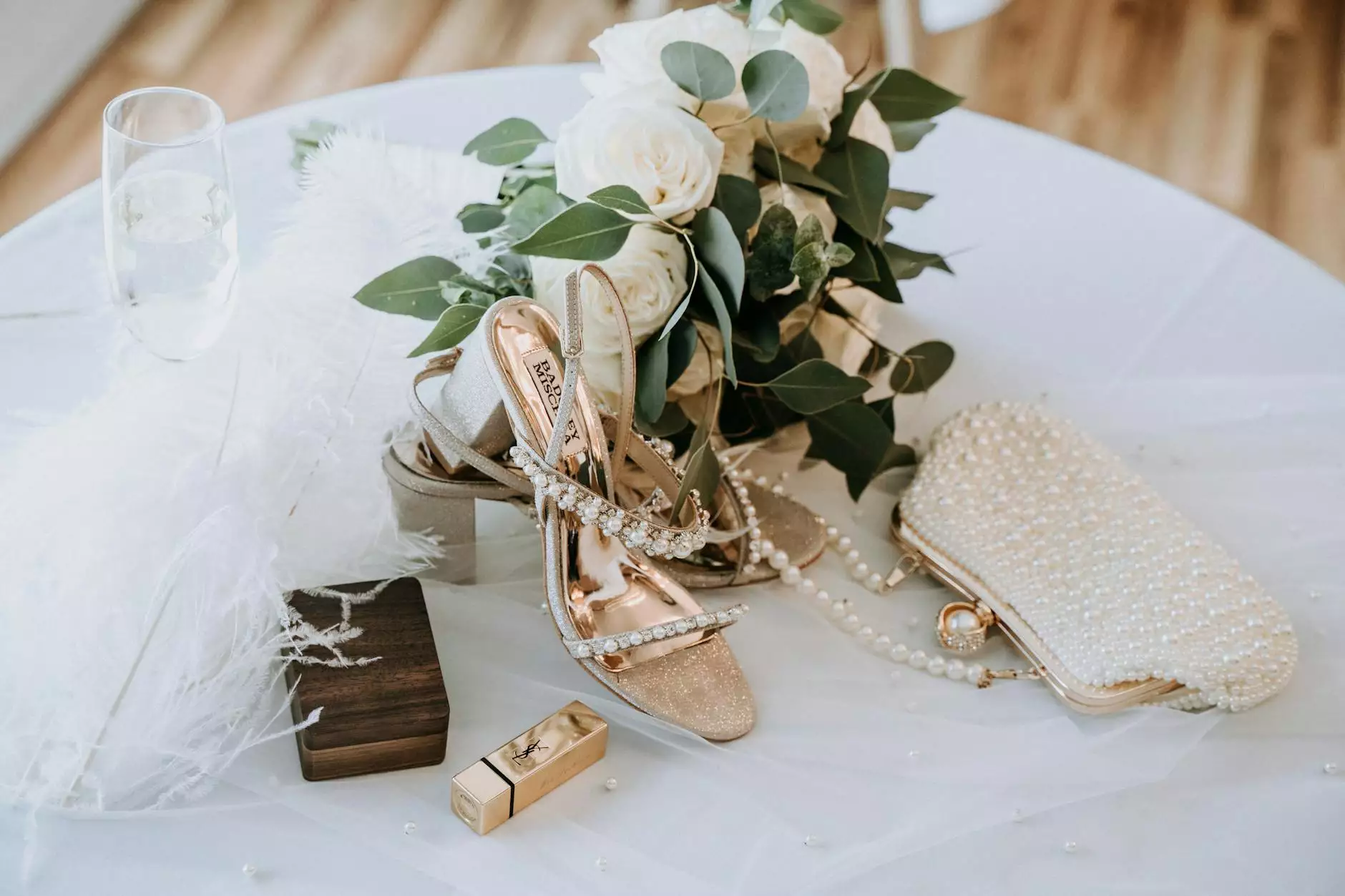
Dancers are artists, and their feet are their primary tool. Whether performing ballet, jazz, tap, or contemporary styles, dancers put a tremendous amount of strain on their feet. This article aims to delve deep into understanding the unique needs of dancers’ feet, explore common ailments, and offer expert advice on how to care for these crucial assets. Whether you're a professional dancer or an enthusiastic beginner, protecting your feet can make all the difference in your performance and overall well-being.
Understanding Dancers' Feet
The phrase "dancers' feet" encompasses not just the physical attributes of the foot but also the myriad of stresses and strains that dancers endure. Dancers often experience a combination of strength, flexibility, and endurance that places their feet in a unique category compared to the average person. Understanding the anatomy and function of dancers' feet is essential to recognizing potential problems and implementing preventative care.
Anatomy of Dancers' Feet
The human foot is a complex structure comprised of bones, muscles, tendons, and ligaments. In dancers, foot anatomy is especially critical because the actions performed can lead to various conditions if not properly supported. Some key components include:
- Bones: The foot contains 26 bones with a delicate structure that supports various movements.
- Muscles and Tendons: Dancers engage various intrinsic and extrinsic muscles in their feet to create movement and support.
- Arch Support: The arches of the foot play a vital role in shock absorption and load distribution.
- Joints: The foot is extensively articulated, allowing for a range of motion that is crucial for dance.
Common Foot Problems Among Dancers
While dancers' feet are incredibly capable, they are not without their challenges. Below are some common problems faced by dancers, which highlight the necessity of appropriate care.
1. Plantar Fasciitis
Often described as a sharp pain in the heel or arch of the foot, plantar fasciitis results from inflammation of the plantar fascia, a thick band of tissue that runs along the bottom of the foot. Dancers are particularly susceptible due to repetitive stress and high-impact activities. Proper warm-up and stretching exercises can help alleviate pressure on the plantar fascia.
2. Achilles Tendonitis
The Achilles tendon connects the calf muscles to the heel bone and is prone to injury due to overuse. Symptoms include pain and stiffness along the tendon, especially after periods of inactivity. It is crucial for dancers to engage in proper stretching routines targeting the calves to help prevent this issue.
3. Bunions
Bunions are bony protrusions at the base of the big toe caused by misalignment of the toe joint. For dancers, the tight-fitting shoes can exacerbate this condition. Early intervention, along with proper footwear choices, can help in managing this problem effectively.
4. Metatarsalgia
Often characterized by pain in the ball of the foot, metatarsalgia can be caused by excessive weight placed on the forefoot during dance movements. It is beneficial for dancers to adjust their technique and footwear to minimize pressure in this area.
5. Stress Fractures
Due to repetitive impact on hard surfaces, dancers may develop stress fractures in their toes or metatarsals. Proper conditioning and gradually increasing the intensity of training can help prevent this painful condition.
Maintaining Healthy Dancers' Feet
To keep dancers’ feet in optimal condition, it's essential to implement a comprehensive care routine. Here are some effective strategies to enhance foot health:
1. Proper Footwear
Selecting the right shoes is pivotal. Dancers should invest in high-quality dance shoes that provide adequate support and cushioning while allowing for movement. Each type of dance has specific footwear requirements, and dancers should be educated on these distinctions.
2. Foot Exercises
Incorporating specific foot exercises into a dancer's warm-up and cool-down routines should be standard practice. Some beneficial exercises include:
- Toe stretches: Enhances flexibility.
- Arch lifts: Strengthens the foot muscles.
- Calf raises: Improves overall strength and stability.
- Foot rolls: Helps relieve tension.
3. Regular Foot Care
Just like any athlete, dancers should prioritize foot care:
- Moisturizing: Keeping the skin hydrated can prevent cracks and blisters.
- Nail care: Regular trimming and maintenance can prevent issues like ingrown toenails.
- Rest: Allowing proper recovery time is essential to prevent fatigue and injury.
4. Professional Medical Guidance
Consulting with a foot specialist or podiatrist can help diagnose problems early and provide personalized treatment plans. Dancers at all levels should not hesitate to seek professional advice for ongoing pain or discomfort.
The Role of Podiatrists in Dancer’s Foot Care
Podiatrists play a vital role in ensuring dancers' feet remain healthy. They offer various services, including:
- Analytical assessments: Evaluating foot mechanics and identifying areas prone to injury.
- Custom orthotics: Providing specialized insoles to enhance comfort and performance.
- Injury treatment: Offering rehabilitation plans for recovering from foot injuries.
Conclusion
In conclusion, protecting and caring for dancers’ feet is indispensable for anyone passionate about the art of dance. With the right knowledge, skills, and care routines, dancers can enhance their performance, minimize the risk of injury, and sustain a fulfilling dance career. Remember, dancers' feet are a dancer's canvas; they deserve proper attention and care to enable the magic of dance.
For more information on foot care, consider visiting The Foot Practice, where you can find expert advice and resources tailored to your needs.
dancers feet
